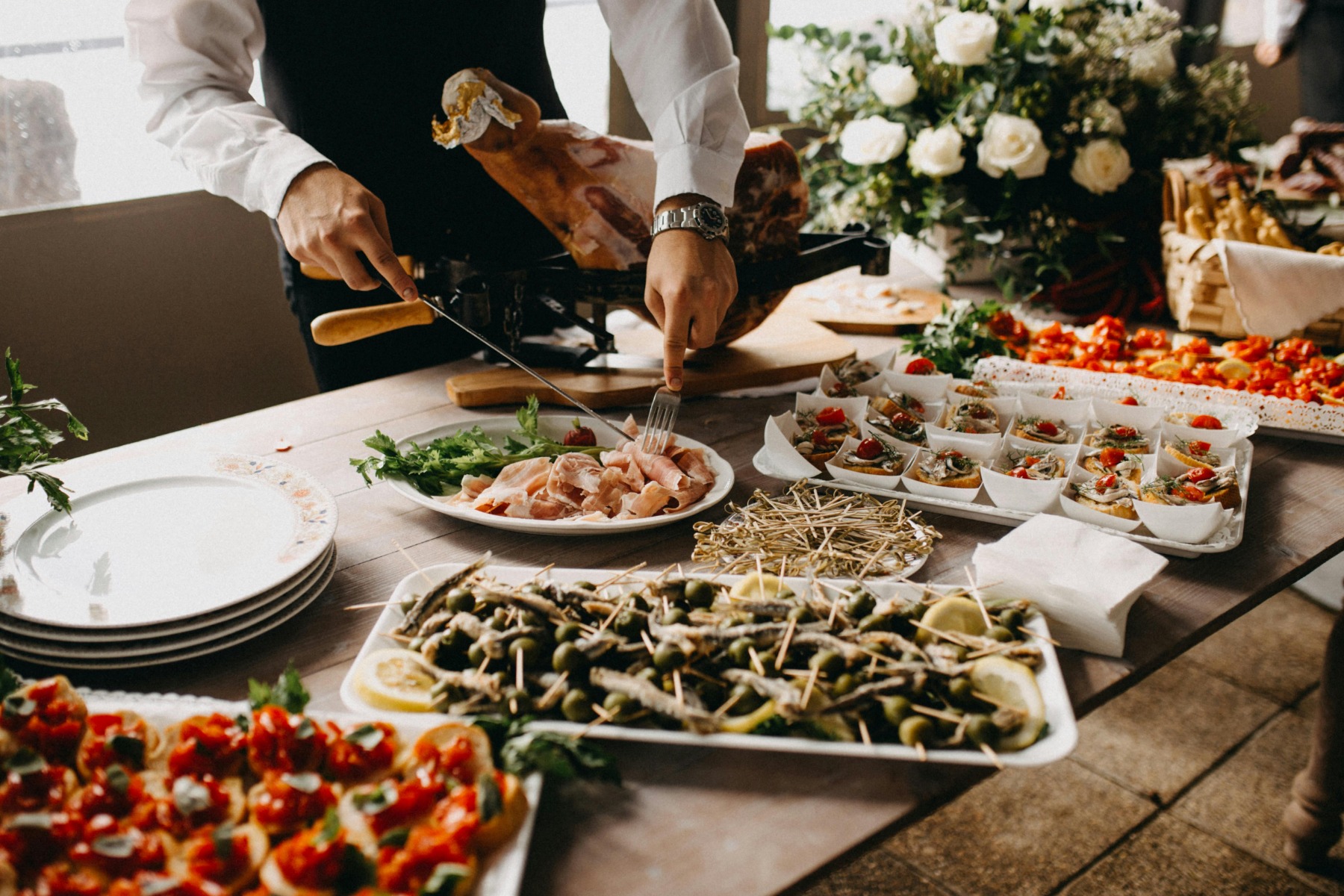Plan Thoughtfully: Tailor your menu to team preferences and the occasion. Consider Dietary Needs: Include options for various restrictions. Pack Essentials: Don’t forget plates, utensils, and condiments. Choose Fresh, Seasonal Foods: Opt for local restaurants. Manage Temperature: Ensure food stays at the right temperature. Tip Generously: Follow standard tipping practices. Communicate Clearly: Inform your team about meal details.
Organizing an office lunch can be a delightful yet complex task. A successful lunch not only nourishes your team but also fosters camaraderie and enhances workplace morale. To ensure your next lunch order is a resounding success, consider these essential tips that focus on planning, dietary needs, presentation, and etiquette.
1. Thoughtful Planning is Key
Creating the ideal office lunch order requires careful planning and attention to detail. Begin by understanding the preferences and dietary restrictions of your team members. Consider sending out a quick survey or informal poll to gauge what everyone would enjoy. Additionally, think about the context of the meal—whether it’s a casual gathering, a client meeting, or a celebratory event. Tailoring your menu to the occasion sets the right tone and enhances the overall experience. For example, a celebratory lunch might benefit from a more elaborate menu with specialty items, while a working lunch might require simpler, easily manageable options.
2. Accommodate All Dietary Needs
In today’s diverse workplace, it’s essential to consider dietary restrictions and personal preferences. Ensure your menu includes options for various dietary needs, such as vegetarian, vegan, gluten-free, and nut-free choices. This not only shows respect for your team’s health and lifestyle but also fosters inclusivity and ensures that everyone feels welcome. It can be helpful to communicate with your caterer about your needs; many catering services offer customizable menus designed to accommodate a wide range of dietary restrictions.
3. Don’t Overlook the Essentials
When placing your order, make sure to include all necessary items. Beyond food, this means packing essentials like plates, utensils, napkins, and condiments. Depending on the meal, you might also want to consider adding sauces, dips, and a variety of beverages. Don’t forget about dessert options, as a sweet treat can round off the meal nicely! A well-prepared spread enhances the dining experience and makes it more enjoyable for everyone. Consider presentation as well—arranging food attractively can make a big difference in how it’s received.
4. Prioritize Fresh, Seasonal Foods
Whenever possible, partner with local restaurants that offer seasonal cuisine. Fresh, in-season ingredients not only taste better but are also typically healthier. A seasonal menu can add variety and excitement to your lunch, making it a memorable experience for everyone involved. Seasonal dishes often reflect the local culture and community, allowing your team to enjoy flavors that are fresh and relevant. Plus, supporting local businesses contributes positively to your community.
5. Temperature Control Matters
Temperature plays a critical role in food delivery. Nobody enjoys a warm, soggy salad or lukewarm soup. Proper temperature management is essential to ensure food quality and safety. Discuss temperature control with your delivery service to ensure that hot foods stay hot and cold foods remain chilled. If your meal includes items that need to be served at specific temperatures, consider investing in insulated carriers or using thermal bags to maintain quality during transit.
6. Remember to Tip Generously
While tipping practices can vary, a standard guideline is to offer around 10% for orders over $100 and 15% to 20% for smaller orders. Many people agree that a minimum tip of $5 is appropriate, even for small deliveries. Tipping fairly not only shows appreciation for the service but also fosters positive relationships with your delivery drivers. Good service deserves recognition, and a little generosity goes a long way in building rapport.
7. Communication is Key
Once your lunch order is placed, keep lines of communication open with your team and the catering service. Make sure everyone knows the lunch details, including timing, menu items, and where to gather for the meal. If there are any last-minute changes, be sure to inform your team promptly. This helps set expectations and ensures that everyone is on the same page.
Conclusion
By following these essential tips, you can create a memorable and enjoyable office lunch experience for your team. From thoughtful planning and dietary considerations to ensuring proper temperature control and adhering to tipping etiquette, every detail contributes to a successful lunch. Elevate your next office meal with these strategies, and watch your team enjoy a dining experience that fuels productivity and camaraderie. Happy dining!


